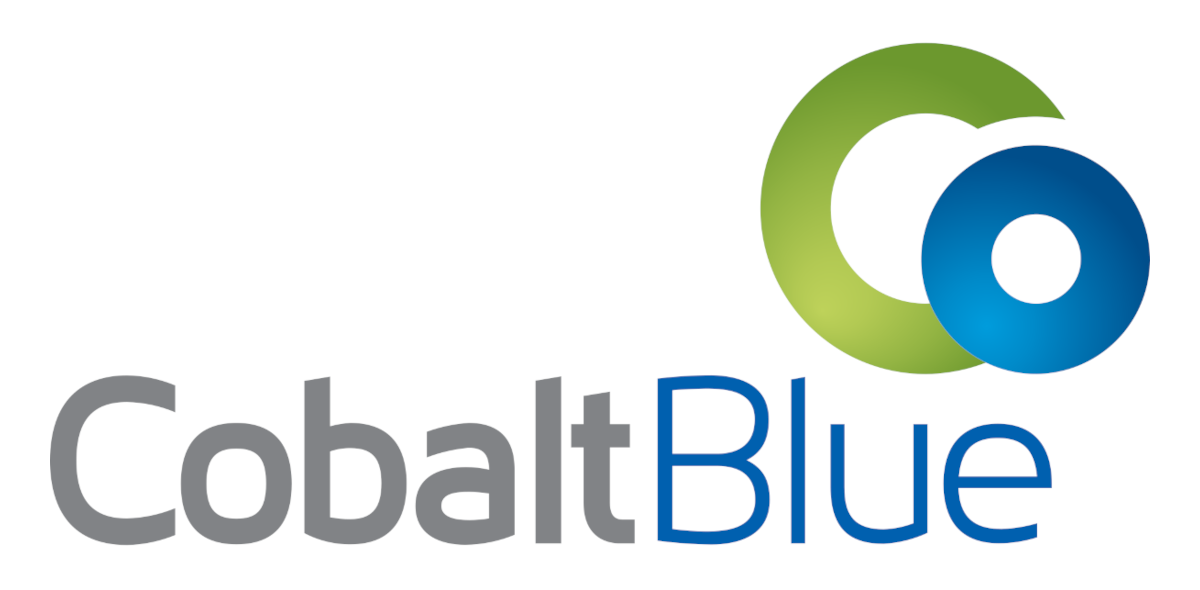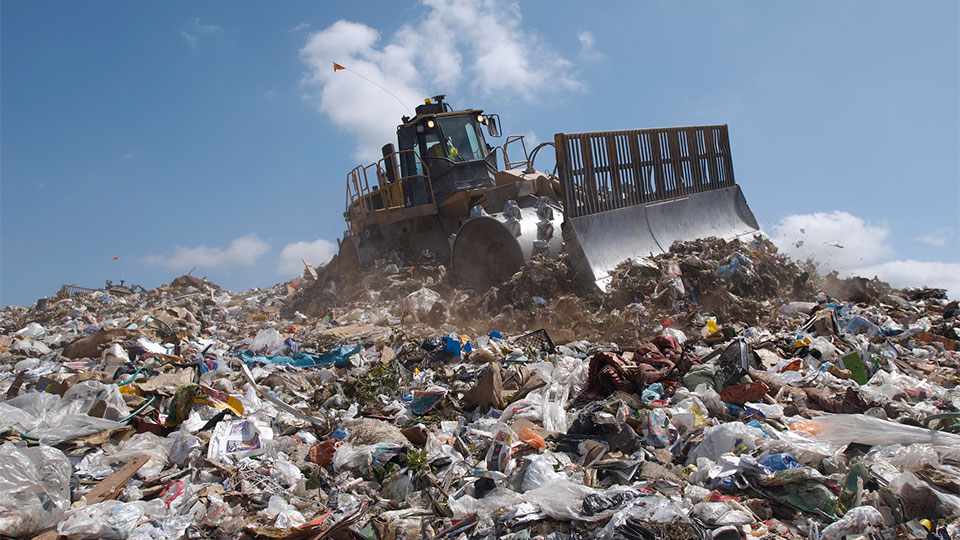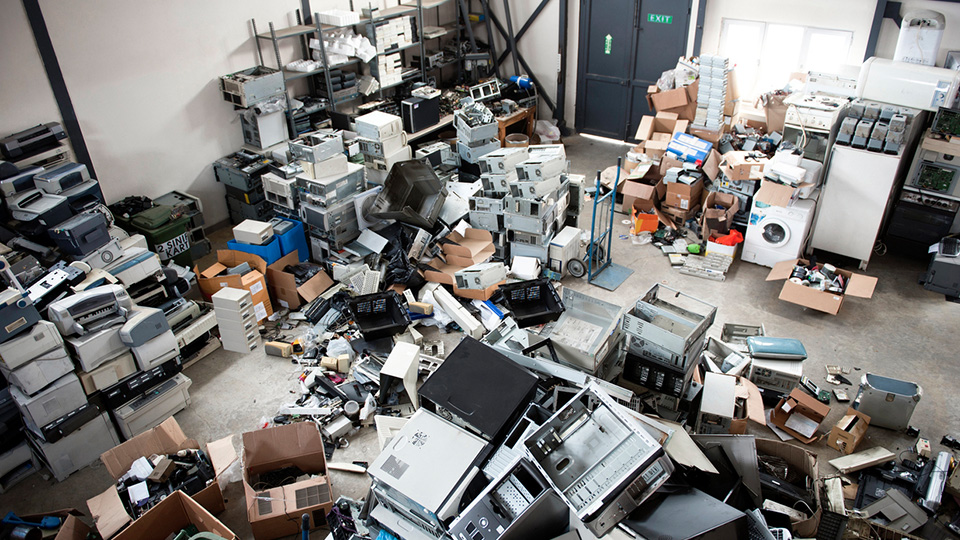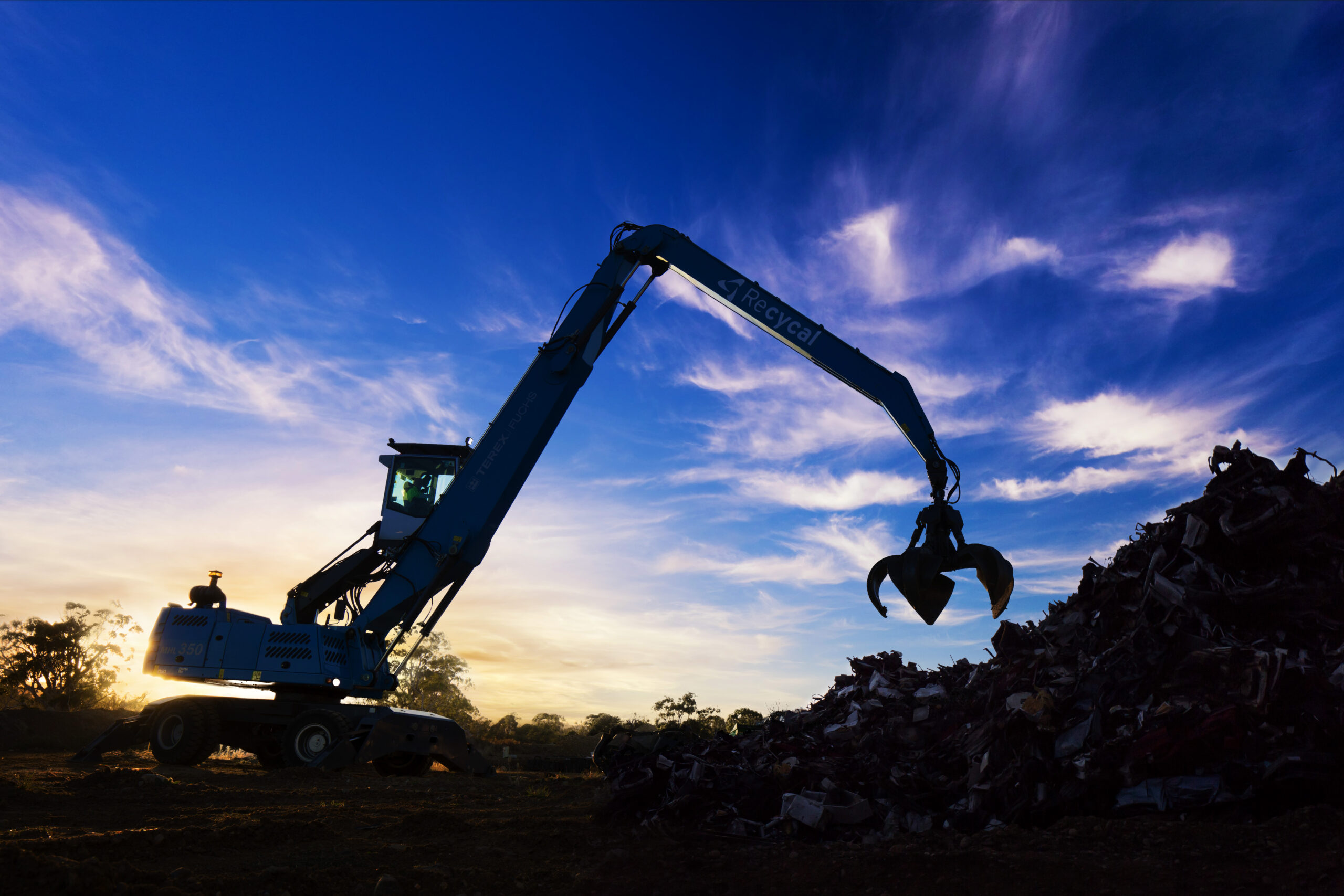Recycling is an increasingly important part of our economy, for two major reasons.
For one, it plays a major role in preventing the environmental pollution that occurs when hazardous materials are dumped. The second is that it recovers valuable resources for reuse.
Batteries and electronic waste (e waste) contain a complex mix of materials that creates quite a challenge for recyclers. However, there are effective solutions for battery recycling and e waste recovery that help to feed our voracious appetite for new gadgets while protecting the environment. Here are a few of the outcomes.
Batteries
Recycling batteries recovers a wide range of materials.
The plastic and lead in old car batteries can be used to make new batteries. The acid is neutralised and converted to gypsum, which is used to make plasterboard or in agriculture.
Zinc-carbon and alkaline batteries can be separated into zinc, manganese, steel and paper, all of which have multiple uses, including making new batteries.
Nickel cadmium and nickel metal hydride battery recycling recovers nickel and steel, both used in the steel industry. The cadmium goes back into battery manufacture.
Lithium batteries come in a number of different types. Overall, the main metals recovered are steel, manganese and cobalt. Lithium only makes up 2-3% of the weight of these batteries, but it can be recovered for use in new batteries. This will become increasingly important as demand for lithium batteries for cars and large scale electricity storage takes off.
With these and other types of batteries, recycling also recovers mercury, silver and aluminium, as well as plastic.
E Waste
E waste recycling covers a huge range of products containing countless components and materials of varying degrees of nastiness and desirability. Most e waste disposal strategies still centre on dumping it into landfill though tightening regulation will hopefully see this come to an end.
Most of the weight of a desktop computer is plain old steel, something that it readily recycled into a wide range of new products. Many computers also contain large amounts of aluminium and plastic. These also have many uses.
Getting down to the nitty-gritty of computers, circuit boards may contain gold, silver, copper, aluminium, mercury, palladium, platinum, lead and more. Touch screens rely on indium tin oxide. Specialist recycling facilities can separate these out and feed them back into the electronics industry.
A particular nasty to watch out for is the lead in the glass of old cathode ray computer monitors and TV screens. Specialist glass recyclers can recover the lead to use in other products. Less well known is that many flat-panel screens made before 2010 have fluorescent backlights. These contain mercury, so need to be disassembled in appropriate facilities. Once recovered and purified the mercury can be used to make dental amalgam.
Get Started Recycling Today
Every one of us is responsible for generating battery and other electronic waste, and it’s our choice as to how to dispose of it. Do you want your old batteries and electronics to become eternally polluting waste? Or would you prefer it to be recycled, for a cleaner environment?
At the household and small business level there are ever-expanding local battery and e waste recycling programs.
For commercial quantities of batteries and e waste, give us a call on 1300 32 62 92 or fill out the form.
One of our e waste and battery recycling specialists will be happy to design a resource recovery solution that’s right for you.





